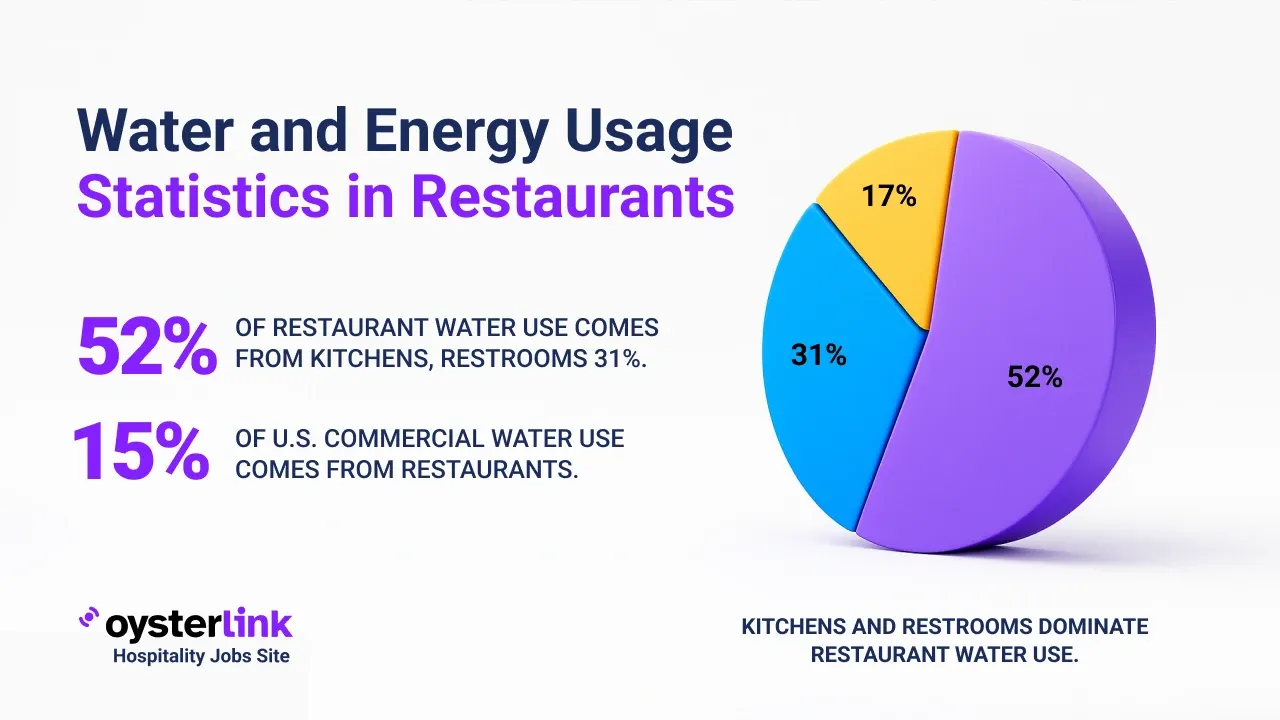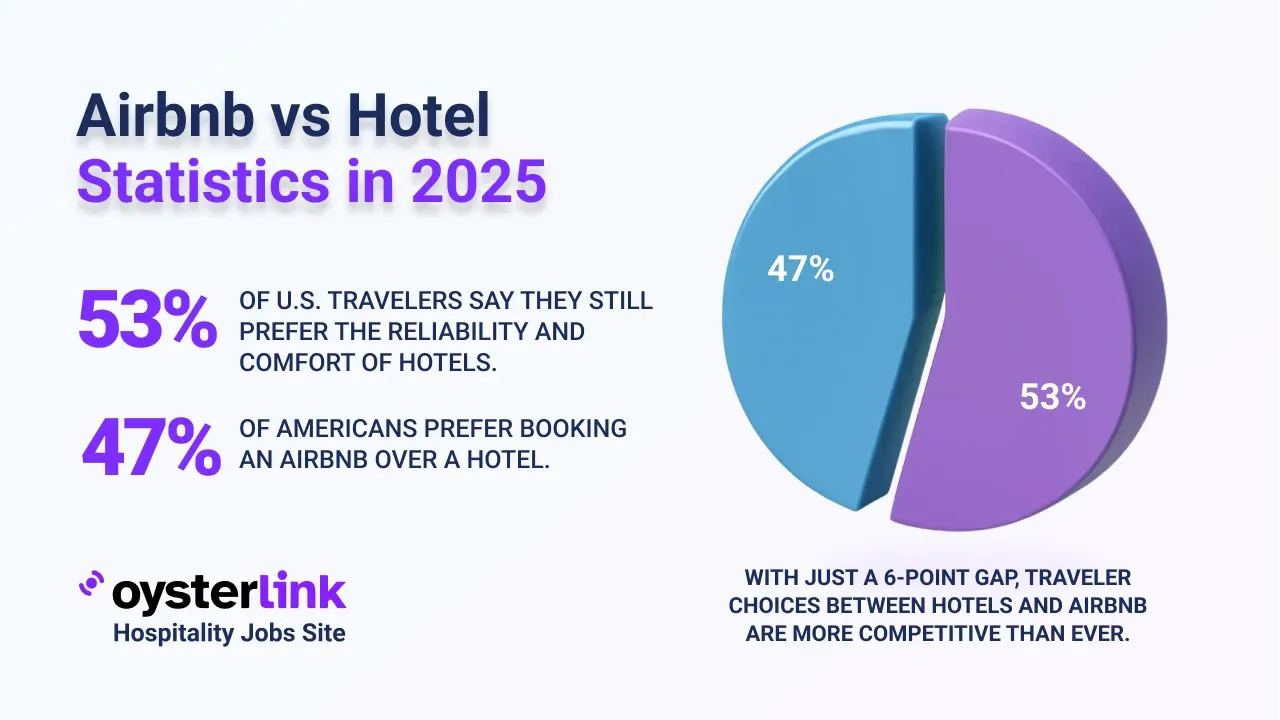Salt Lake City, Utah Cost of Living: Quick Takeaways
- Housing Costs: Average rent for a one-bedroom apartment is projected to reach approximately $1,665 in 2025.
- Homeownership Prices: Median home price has increased significantly to an estimated $659,080 in 2025.
- Transportation Expenses: Public transit monthly passes cost around $85, with fuel prices averaging $3.58 per gallon.
- Healthcare Costs: Employer-sponsored health insurance premiums average about $140 per month, while Silver plan premiums are around $621 monthly.
- Income Levels: Median household income is projected at $74,925 in 2025.
Salt Lake City, Utah, is a growing urban area with rising living costs driven primarily by housing and transportation expenses.
This article provides a detailed analysis of the cost of living in Salt Lake City as of 2025, covering housing, utilities, transportation costs and more.
1. Housing Costs in Salt Lake City
Housing remains a major factor in living expenses in Salt Lake City. Below is the average rent for a one-bedroom apartment over recent years:
- 2010: $900
- 2015: $1,050
- 2020: $1,200
- 2024: $1,343
- 2025 (Projected): $1,664.75
These figures indicate a steep increase in rental prices over the years, reflecting growing demand and development in the city.
Employers looking to manage housing-related expenses effectively may find insights into hospitality real estate market trends particularly useful.
2. Homeownership and Real Estate Trends in Salt Lake City
The real estate market has seen considerable appreciation in Salt Lake City, with median home prices rising over time:
- 2010: $150,000
- 2015: $200,000
- 2020: $300,000
- 2024: $495,700
- 2025 (Projected): $659,080
This trend highlights the increasing demand for homeownership and the robust real estate market in the area, which should be carefully factored into affordability considerations.
3. Transportation Expenses in Salt Lake City
Transportation costs in Salt Lake City include various options and typical expenses:
- Public Transit: One-way fare is about $2.50, and monthly passes cost around $85.
- Fuel Prices: Average cost per gallon is approximately $3.58.
- Vehicle Maintenance: Estimated annual costs are $1,200.
Depending on commuting habits and transportation choices, these expenses can vary significantly.
For hospitality businesses, understanding these factors is essential for budgeting and staff commuting solutions, as explored in restaurant utility costs guide.
4. Utility Costs in Salt Lake City
Typical monthly utility expenses for a standard apartment are:
- Electricity: $170.52
- Internet: $74.44
- Total Utilities (Monthly): $244.96
Utility costs combine electricity and internet services and may fluctuate based on usage and provider.
5. Grocery and Food Expenses in Salt Lake City
Salt Lake City's grocery prices tend to be slightly below national averages.
Monthly grocery costs per person are estimated at $300. Dining options include casual meals for around $15 and mid-range restaurant meals averaging $50.
Restaurants in Salt Lake City may benefit from exploring restaurant consumer trends to better adapt to changing food expenses.
6. Healthcare Costs in Salt Lake City
Healthcare expenses include insurance premiums and out-of-pocket costs.
Monthly employer-sponsored insurance premiums average about $140.33, while individual Silver health plan premiums run approximately $621 per month.
7. Educational Expenses in Salt Lake City
Education costs vary by institution type:
- Public Schools: Generally free as they are publicly funded.
- Private Schools: Average tuition is about $10,000 annually.
- In-State University Tuition: Utah universities charge approximately $6,381 per year for residents.
These costs should be considered for families planning long-term residency.
8. Entertainment and Leisure in Salt Lake City
Entertainment options contribute to lifestyle and budget:
- Movie Tickets: $14 each
- Gym Memberships: Average monthly cost is $28.66
- Mid-Range Restaurant Meal: Around $40
Annual entertainment spending is about $2,482, while personal care services cost roughly $768 per year.
9. Taxes and Miscellaneous Fees in Salt Lake City
Key tax rates affecting residents include:
- State Income Tax: Flat rate approximately 4.85%
- Sales Tax: Total sales tax averages 7.75%
- Property Tax Rate: About 0.58% of property value
These taxes impact disposable income and cost of living calculations.
10. Childcare and Family Expenses in Salt Lake City
Families should account for childcare and related costs such as:
- Daycare: Approximately $1,000 monthly
- After-School Programs: $300 monthly
- Extracurricular Activities: Estimated $100 monthly
These figures are important for comprehensive family budgeting.
11. Clothing and Personal Care in Salt Lake City
Monthly expenses for clothing and personal care are:
- Clothing: $115
- Personal Care Products and Services: $54
These essentials add to overall monthly living costs.
12. Insurance Costs in Salt Lake City
Insurance premiums form a significant part of living costs:
- Health Insurance (Silver Plan): $621 monthly
- Auto Insurance: $1,200 annually
- Homeowners Insurance: $1,500 annually
- Renters Insurance: $180 annually
Insurance costs provide essential protection and compliance requirements.
13. Miscellaneous Expenses in Salt Lake City
Additional annual costs include:
- Entertainment: $2,482
- Personal Care Services: $768
- Miscellaneous Goods and Services: $707
Such expenses are important for a full understanding of living costs.
14. Income and Salaries in Salt Lake City
Median household incomes have grown steadily in the region:
- 2010: $46,000
- 2015: $50,000
- 2020: $57,760
- 2023 and 2025: $74,925
Increases reflect economic growth balancing rising costs of living.
15. Comparison with National Averages
Salt Lake City's cost of living compares to the national average as follows:
- Overall Cost of Living: About 9% higher
- Housing: Significantly higher by approximately 29%
- Utilities: About 5% lower
- Food: Roughly 2% lower
- Healthcare: 12% below national averages
- Transportation: Around 11% higher
- Goods and Services: Slightly higher by 3%
These differences highlight areas where living expenses may either exceed or fall below national trends.
Our Methodology for Salt Lake City Cost of Living Figures
Our data incorporates reliable sources such as government reports, local economic analyses, and well-regarded statistical databases including Numbeo, BLS, Zillow, and others. Where precise figures were unavailable, reasonable estimates were applied to maintain accuracy and relevance.
Salt Lake City Cost of Living: Conclusion
Salt Lake City's cost of living in 2025 is marked by rising housing prices and transportation costs, offset to some extent by comparatively lower utilities, food, and healthcare expenses.
Understanding these dynamics enables residents and potential newcomers to make informed financial decisions regarding housing, daily expenses, and lifestyle choices in this growing urban center.
Employers in the hospitality sector seeking to retain their staff amid rising living costs can benefit from strategies discussed in strategies to reduce restaurant employee turnover.
For hospitality workers considering career options to match living expenses, exploring roles and requirements such as the bartender job description can provide valuable insights into potential earnings and job expectations.

.webp)
.webp)

